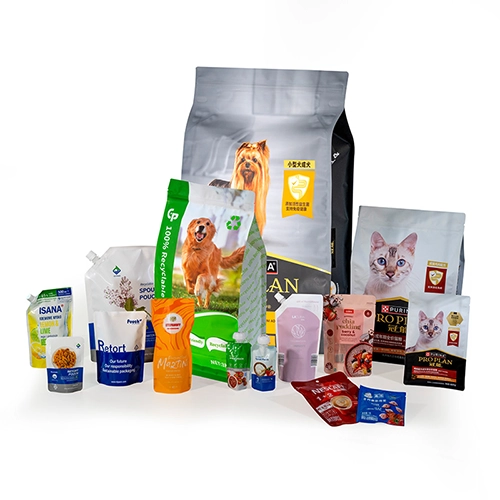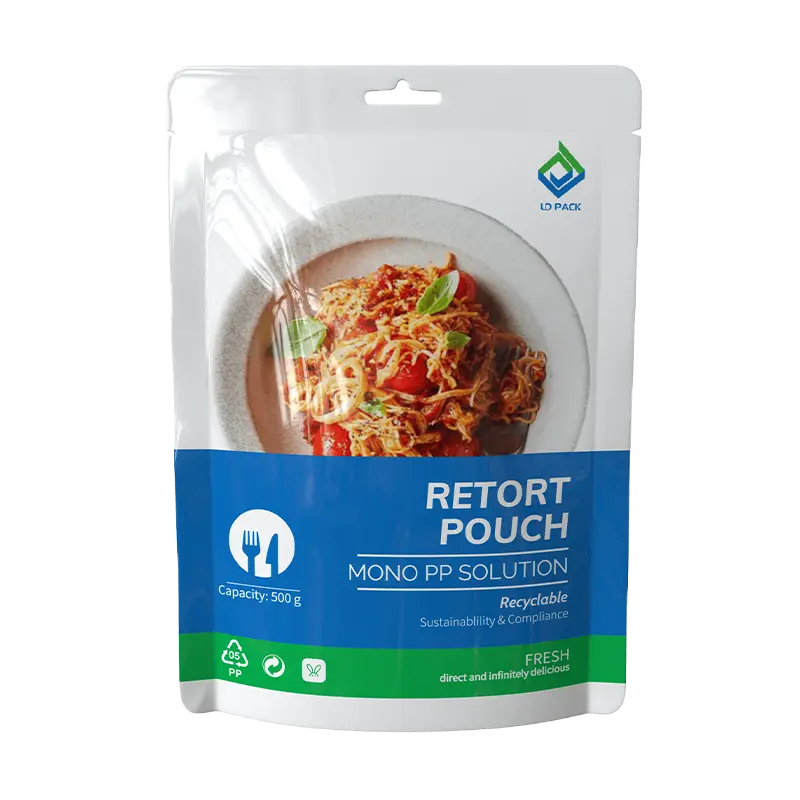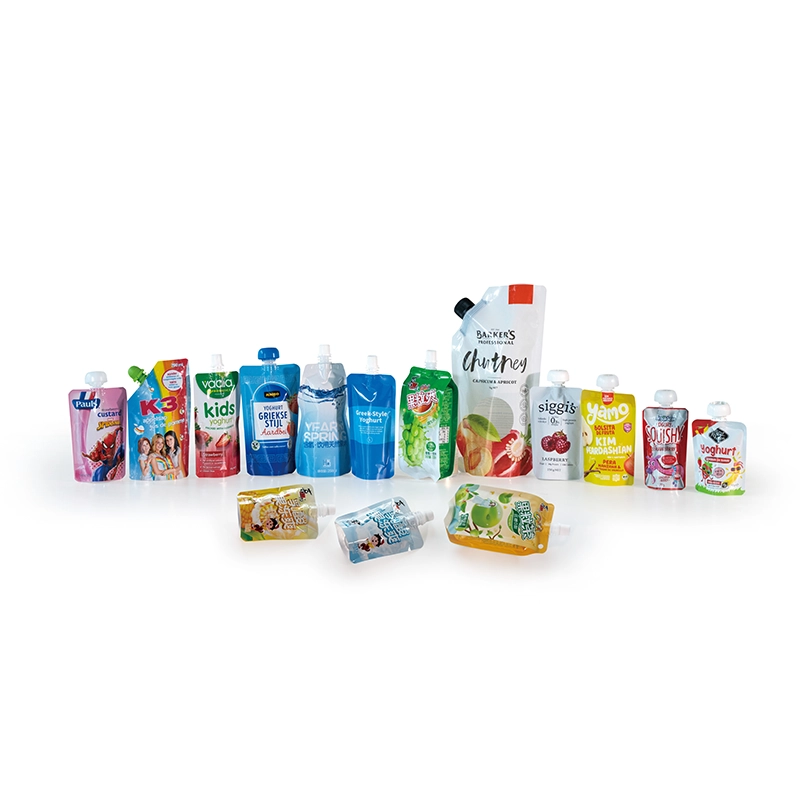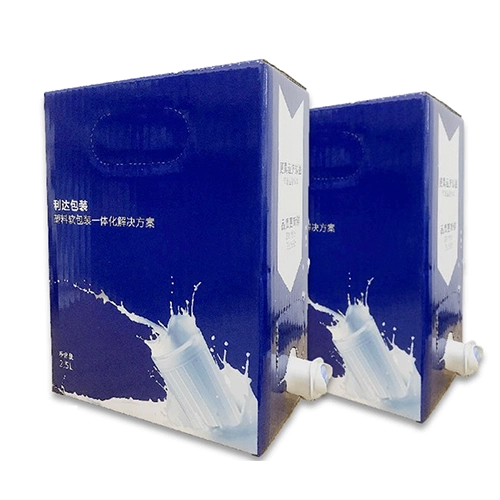Laminated Packaging Process Cost Optimization(Ⅱ)
Optimizing the process cost of laminated packaging is closely linked to ink application volume during printing. Precise control of ink volume ensures high-quality printing on flat-bottom pouches and enhances printing speed. Controlling the ink volume is key to scientifically and reasonably reducing the cost of flat-bottom pouches. The basic principles of ink application are as follows:
1. The ink volume is directly determined by the depth of the engraved cells on the printing cylinder: deeper cells require more ink, while shallower cells reduce ink consumption.
2. The viscosity (concentration or thickness) of the ink affects the ink volume. Higher viscosity results in a higher ink volume, while lower viscosity results in a lower ink volume.
3. Printing speed impacts ink application—faster speeds decrease ink use, slower speeds require more ink.
The depth of the engraved cells on the cylinder and the viscosity (concentration or consistency) of the ink are the primary factors influencing ink application volume, as well as the printing speed. Ink viscosity is determined through measurement, while the thickness (or consistency) of the ink is perceived visually. Although viscosity and thickness are not exactly the same, they are closely related. In practice, when measured using a viscosity cup or Zahn cup, the results are inseparable. Generally, the thickness of the ink can be used as a reference for viscosity, where high viscosity is referred to as thick, and low viscosity is referred to as thin.
When the engraved cells on the cylinder is deep, thicker ink is required; otherwise, printing ghosting may occur. Conversely, when the pattern is shallow, thinner ink is needed; otherwise, incomplete ink transfer or plate clogging may occur. If the printing speed is high, thinner ink is required to prevent issues such as incomplete ink removal, ink bleeding, blade lines, ink starvation, and false drying — all of which are often caused by overly thick ink. On the other hand, if the printing speed is slow, thicker ink is needed; otherwise, watermarks may appear on the printed material.




